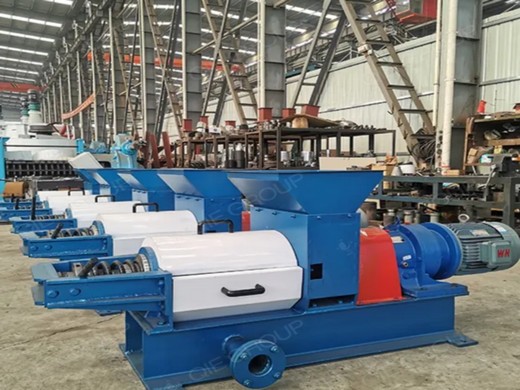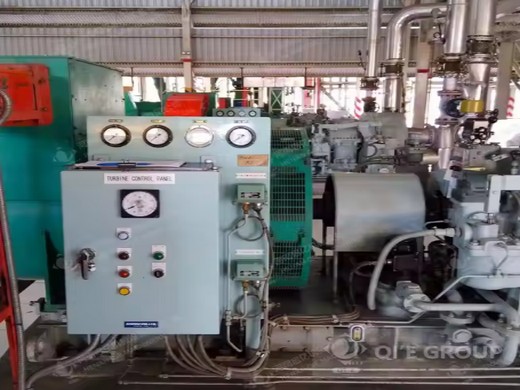Seed Change Tanzania Roundtable on Sustainable
By focusing on improving tree yields paired with farmer extension services and RSPO certification the palm oil supply chain can be revolutionized in Tanzania to support sustainable practices while improving the livelihoods of oil palm farmers. The four outcome KPIs of our project are: 1.
Ghana’s oil palm industry to meet in-dustrial and consumption demands. From the late 1960s to the late 1980s, Malaysia’s palm oil production and processing capacity increased dramatically and it expanded into higher-value products. Malaysia dominated the world mar-ket for palm oil from the early 1970s onwards.
Palm Oil Market Size, Share & Analysis Industry
Industry Insights. The global palm oil market size was estimated at USD 57.56 billion in 2014. Several government initiatives concerning blending of conventional fuel with that of bio-based, as well as rapidly growing usage of products as bio-based diesel have been gaining global acceptance over recent years.
Oil palm plantations in Côte d’Ivoire cover an area of 250,000 ha, with an annual production of 420 000 tons CPO/year. About 70% of the FFB production is provided by 40 000 smallholders who operate on 180,000 ha and are grouped into 30 cooperatives.
GLOBAL AGRICULTURE AND FOOD SECURITY PROGRAM
NAFAKA Tanzania Staples Value Chain TEOSA Tanzania Edible Oil Seed Association TFDA Tanzania Food and Drug Administration TIB Tanzanian Investment Bank TIC Tanzania Investment Centre Sector Window of the Global Agriculture and Food Security Programme (GAFSP PrSW/IFC)
The purpose of this section is to assess how well the Palm Oil exploratory study aligns with the Framework, and how comprehensively this study has identified and valued the impacts and dependencies of this particular agricultural sector on ecosystems and human wellbeing across all stages of the food value chain.
UNIDO United Nations Industrial Development
The United Nations Industrial Development Organization (UNIDO), French/Spanish acronym ONUDI, is a specialized agency in the United Nations system, headquartered in Vienna, Austria. The Organization's primary objective is the promotion and acceleration of industrial development in developing countries and countries with economies in transition and the promotion of international
The certification has also been recognised for introducing MSPO-Trace which showed the supply chain of palm oil products. The MSPO she added, has also earned acknowledgement from the Indian & Solvent Extractors’ Association (SEA) which has bolstered bilateral relationship between Malaysia and India, besides promoting the production of sustainable palm oil and trade.
UNCTAD Home
eCommerce Week 2025: Creating Value in the Digital Economy. Registration is open for this year's forum. Join government ministers, CEOs and other business representatives, international organizations, development banks, academics and civil society to discuss the development opportunities and challenges associated with the evolving digital economy.
According to the FAO, it has been estimated that due to declining productivity Nigeria loses $10bn annually in export opportunities for major crops including cocoa, cotton, palm oil and groundnut, while increases in food crop production have been outpaced by population growth, leading to a surge in food imports (see overview).
- What is the value chain of palm oil?
- Overview of the palm oil value chain The global value chain of palm oil originating in Southeast Asia and exported to other countries can be roughly divided into five stages: production, processing, distribution, manufacturing and consumption.
- Does Tanzania need to import oil palm seeds from abroad?
- Oil palm experts advise that, Tanzania doesn’t need to import seeds from abroad as we have the best parent stock. In total, Tanzania requires some 20,377,500 Tenera plants in order to produce the required 570,000 MT of edible oil through palm oil value chain. This is a huge number of oil palm trees needed in the country.
- Can palm oil value chain development help alleviate poverty in Kigoma?
- In Kigoma there are over 30,000 smallholder subsistence palm oil farmers2. Meanwhile, the country imports over 500,000 MT of palm oil per annum. Thus, palm oil value chain development offers great potential for both import substitution and poverty alleviation.
- What is the value of embedded palm oil supply chain?
- The embedded palm oil supply chain generates a total value of USD 282 billion, USD 52 billion of gross profit, and USD 18 billion of operating profit. Figure 8 summarizes the preceding outcomes. Retailers generate the largest value (USD 83 billion) in embedded palm oil.
- Are Indonesian oil palms nutrient deficiency causing low yields?
- In many cases, nutrient deficiencies were found in Indonesian oil palm smallholder plantations (Molenaar et al. 2010; Woittiez et al. 2015), and explain lower oil palm yields. The planting material used also has an important effect. Half of the Indonesian smallholders were found to be growing dura or pisifera rather than tenera palms.
- Does Indonesia regulate the expansion of oil palm?
- Governments in producer countries, notably Indonesia, have implemented policies to regulate the expansion of oil palm, with different degrees of effectiveness (Brockhaus et al. 2012; Busch et al. 2015).






